13 Times Marvel’s Greatest Heroes Became the Villains

Even in a universe full of flying men in armor and gods with hammers, no one is completely safe from corruption. The Marvel Universe is filled with stories that remind us heroes aren’t perfect — and sometimes, the very same people who save the world are the ones who almost destroy it.
We love our superheroes because they’re human beneath the masks, flaws and all. That means they make mistakes, fall in love with power, and occasionally lose control of it. And when that happens, even the strongest Avenger can become the greatest threat.
1. Scarlet Witch (Wanda Maximoff)
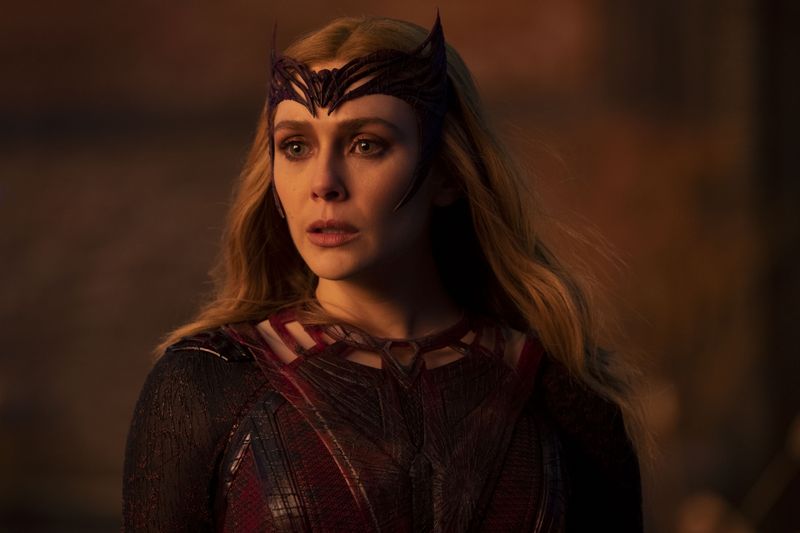
Grief can make people do unimaginable things, and for Wanda Maximoff, losing her children pushed her beyond the breaking point.
Her reality-warping abilities spiraled out of control, leading to devastating consequences for the entire Marvel Universe. The Avengers: Disassembled storyline showed just how dangerous an emotionally unstable superhero could become.
House of M took things even further when Wanda reshaped reality itself, creating a world where mutants ruled and her family was whole again. When heroes tried to fix everything, she uttered three words that changed Marvel forever: “No more mutants.” This single act wiped out most of the mutant population across the globe.
What makes Wanda’s fall so tragic is that she never meant to become a villain. Her actions stemmed from unbearable pain and mental instability rather than malicious intent. Still, the destruction she caused made her one of the most dangerous threats the Avengers ever faced, proving that even good intentions can lead to catastrophic results.
2. Jean Grey (The Dark Phoenix)

When cosmic power meets human emotion, disaster often follows. Jean Grey’s merger with the Phoenix Force started as a blessing but quickly became a nightmare for everyone around her. The overwhelming power corrupted her mind, transforming the gentle telepath into a cosmic destroyer with godlike abilities.
The Dark Phoenix Saga remains one of Marvel’s most iconic storylines because it showed how absolute power corrupts absolutely. Jean consumed an entire star system, killing billions of innocent lives without hesitation. Her teammates watched helplessly as their friend became something beyond their ability to stop or save.
Professor X tried reaching the real Jean buried beneath the Phoenix’s influence, but the entity’s hunger proved too strong.
Eventually, Jean regained control for a brief moment and chose to sacrifice herself rather than risk hurting anyone else. Her story teaches us that sometimes the greatest heroes must make the ultimate sacrifice to prevent themselves from becoming monsters.
3. Iron Man (Tony Stark)
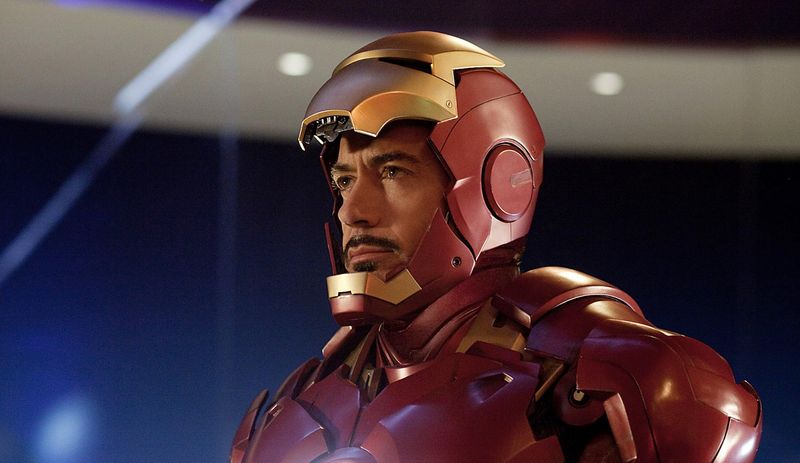
Sometimes doing what you believe is right can make you the bad guy. Tony Stark thought requiring superhero registration would save lives and prevent disasters, but his methods turned friends into enemies. His willingness to hunt down and imprison heroes who disagreed with him crossed ethical lines that many found unforgivable.
Civil War forced readers to question whether security justified sacrificing freedom. Tony recruited villains to capture heroes, built a prison in the Negative Zone, and even created a clone of Thor that killed one of his former allies. These extreme actions made many fans view him as the story’s true antagonist despite his good intentions.
The conflict tore the Marvel Universe apart, with brother fighting brother and lifelong friendships destroyed.
Tony believed history would vindicate his choices, but the personal cost was staggering. His relationship with Captain America never fully recovered, and the superhero community remained divided for years. The road to villainy, it turns out, can be paved with the best intentions.
4. Captain America (Hydra Cap)
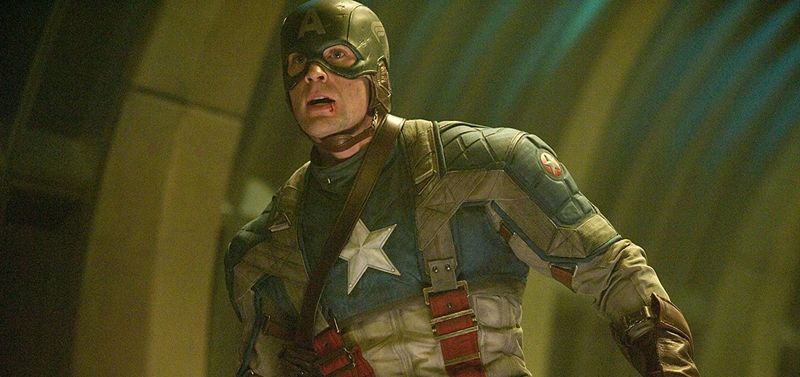
Nothing could have prepared fans for the moment Steve Rogers uttered those two infamous words: “Hail Hydra.”
The symbol of American heroism and moral integrity had been a secret Nazi agent all along, thanks to reality manipulation by the Red Skull. This revelation shook the Marvel Universe to its core and sparked massive controversy among readers.
Secret Empire showed Captain America conquering America itself, establishing a fascist regime with himself as supreme leader. He imprisoned heroes, manipulated his closest friends, and nearly destroyed everything the real Steve Rogers stood for. Watching this twisted version commit atrocities while wearing the star-spangled uniform felt like a betrayal of everything the character represented.
Eventually, the real Steve Rogers was restored, and the Hydra version was defeated. However, the damage to Cap’s reputation lingered long after. The storyline proved that even the most incorruptible heroes could be twisted into villains, though it required literally rewriting history to make it happen. Some heroes are just too good to turn evil naturally.
5. Spider-Man (Superior Spider-Man)
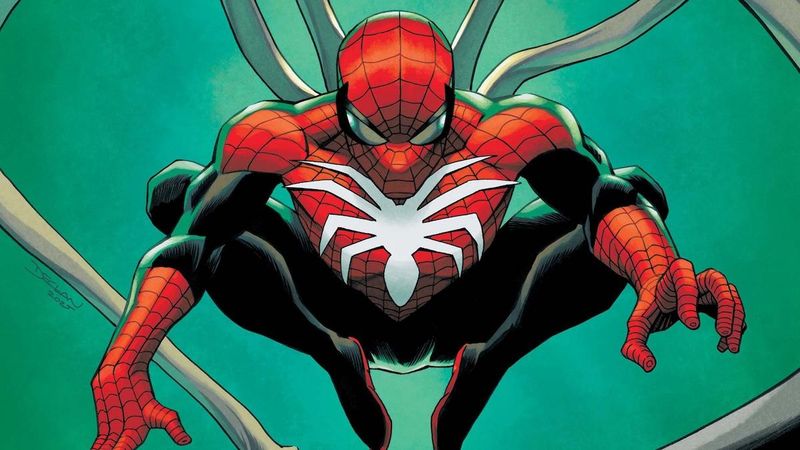
Imagine waking up as someone else, with all their memories but your own twisted personality. That’s exactly what happened when Doctor Octopus switched bodies with Peter Parker, leaving the hero trapped in his dying enemy’s form. Otto Octavius decided to become a “superior” version of Spider-Man, proving he could be a better hero than Peter ever was.
Superior Spider-Man operated with brutal efficiency that Peter never would have used. He placed surveillance cameras across New York, beat criminals within inches of their lives, and executed villains without hesitation. While crime rates dropped, his methods alarmed fellow heroes who noticed Spider-Man’s disturbing personality change but couldn’t figure out the cause.
Otto’s arrogance eventually led to disasters that only the real Peter Parker could fix. When Peter’s consciousness finally reclaimed his body, he had to deal with the consequences of Otto’s actions. The storyline showed that being a hero requires more than just stopping bad guys—it demands compassion, restraint, and moral judgment that villainy simply cannot provide.
6. The Hulk (Bruce Banner)
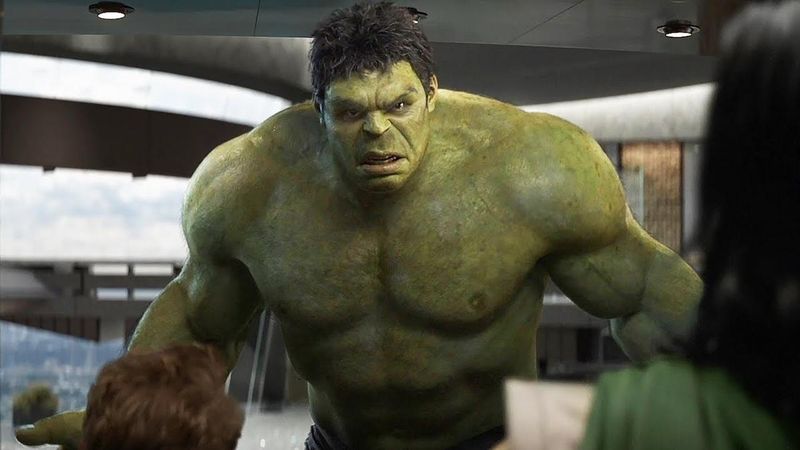
Betrayal hurts, especially when it comes from people you trusted most. Bruce Banner felt that pain when Earth’s heroes shot him into space, hoping to rid themselves of the Hulk’s destructive potential forever. Instead of finding peace, he became a gladiator on an alien world, found happiness, then watched his pregnant wife die in an explosion he blamed on his former friends.
World War Hulk brought the Green Goliath back to Earth angrier than ever before. He systematically defeated the Illuminati members who exiled him, crushing Iron Man’s armor, breaking Black Bolt’s jaw, and overpowering Doctor Strange. The Hulk wasn’t just fighting—he was executing calculated revenge against heroes who had given up on him.
New York City became a battleground as the Hulk challenged Earth’s mightiest champions. His rage was so intense that even the Sentry couldn’t stop him without both fighters reverting to their human forms from exhaustion. The event proved that heroes can become villains when pushed too far, and that betrayal can transform even the gentlest soul into a monster.
7. Cyclops (Scott Summers)
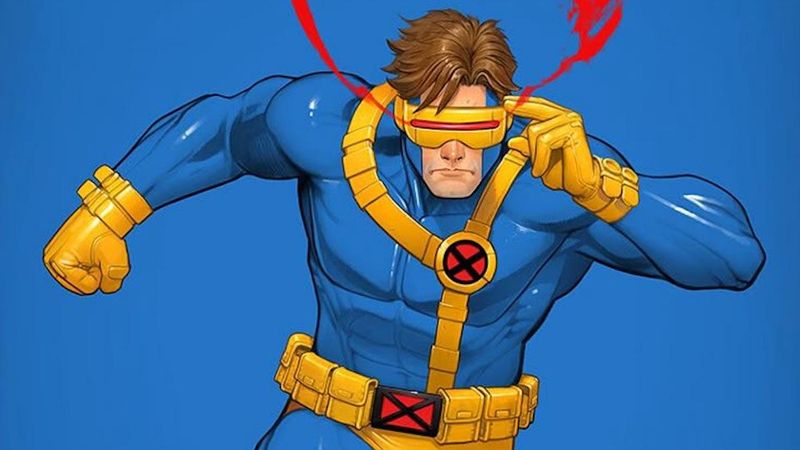
Desperation can turn even the most disciplined leader into a fanatic. Scott Summers watched his species teeter on the brink of extinction after Scarlet Witch decimated the mutant population, and he vowed to ensure mutant survival at any cost.
His increasingly militant tactics alarmed even his own teammates, but Scott believed the ends justified the means.
Avengers vs. X-Men pushed Cyclops past the point of no return when he bonded with the Phoenix Force. The cosmic power amplified his extremist beliefs, making him willing to kill anyone who threatened his vision for mutant salvation. He murdered his mentor, Professor Charles Xavier, in a moment that shocked the entire Marvel Universe and cemented his transformation into a villain.
After the Phoenix Force left him, Scott refused to show remorse for his actions. He continued leading a militant mutant revolution, becoming a wanted terrorist in the eyes of many. His fall from grace demonstrated how noble goals can corrupt good people when they prioritize their cause above morality, friendship, and basic human decency.
8. The Winter Soldier (Bucky Barnes)
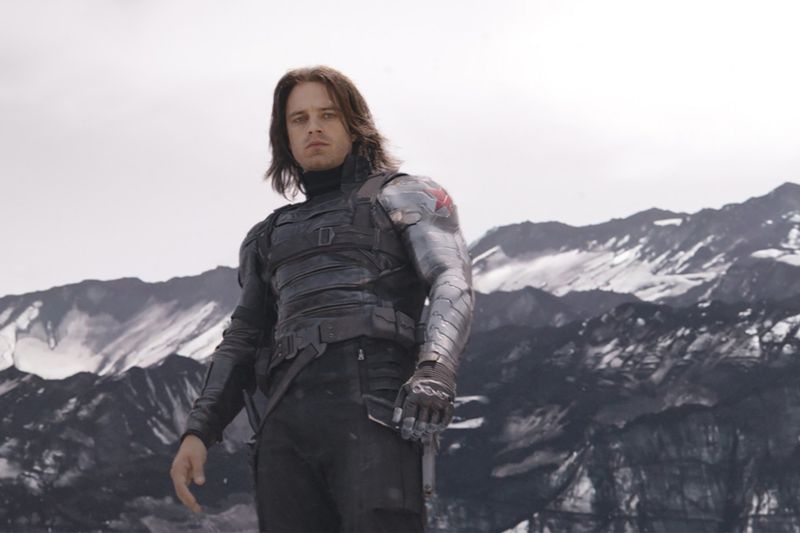
Friendship couldn’t save Bucky Barnes from becoming one of history’s deadliest assassins. After falling from a train during World War II, Soviet forces recovered his broken body and transformed him into their perfect weapon. Mind control erased his memories, replacing the loyal sidekick with a cold-blooded killer who spent decades eliminating targets across the globe.
The Winter Soldier’s victims included politicians, scientists, and even superheroes who never saw him coming. His metal arm gave him superhuman strength, while his training made him nearly unstoppable in combat. Between missions, his handlers kept him in cryogenic sleep, preventing him from aging or questioning his orders for over fifty years.
When Captain America finally discovered his old friend’s fate, he refused to give up on Bucky despite the monster he’d become. Steve’s unwavering faith eventually helped break the brainwashing, allowing Bucky to reclaim his identity.
His story shows that heroes can be forced into villainy against their will, but redemption remains possible with help from those who refuse to abandon them.
9. Rogue

Not every hero starts out on the right side. Rogue began her superhuman career as a member of Mystique’s Brotherhood of Evil Mutants, using her power-absorbing abilities to fight against heroes rather than alongside them.
Her most notorious act involved permanently stealing Ms. Marvel’s powers, memories, and psyche, leaving Carol Danvers in a coma and Rogue tormented by her victim’s consciousness.
The young mutant attacked the Avengers with confidence, believing she was fighting for mutant rights and survival. Her ability to steal powers through skin contact made her incredibly dangerous, as she could temporarily gain any hero’s abilities with a single touch. This made her one of the Brotherhood’s most valuable and feared members during her villainous days.
Guilt over what she’d done to Ms. Marvel eventually drove Rogue to seek help from Professor Xavier and the X-Men. Her redemption arc showed that villains can change when given the chance, though the psychological scars from her actions never fully healed. She proved that your past doesn’t define your future, but it does shape who you become.
10. Emma Frost

Wealth, beauty, and telepathic powers created the perfect recipe for villainy in Emma Frost. As the White Queen of the Hellfire Club, she manipulated politicians, corrupted young mutants, and schemed to control the world from behind the scenes. Her diamond-hard exterior matched her cold personality, making her one of the X-Men’s most dangerous adversaries for years.
Emma’s time as a villain included brainwashing students, attempting to steal Jean Grey’s body, and participating in countless plots against heroes. Her secondary mutation allowing her to transform into indestructible diamond made her nearly impossible to defeat in combat. She wielded her powers with ruthless efficiency, caring only about power and personal gain.
Professor Xavier eventually convinced Emma to teach at his school, but she never fully abandoned her morally gray approach to problems.
She’s killed enemies without hesitation, manipulated teammates for their own good, and constantly walks the line between hero and villain. Emma proves that redemption doesn’t always mean becoming purely good—sometimes it just means choosing better battles to fight.
11. The Scarlet Spider (Ben Reilly)
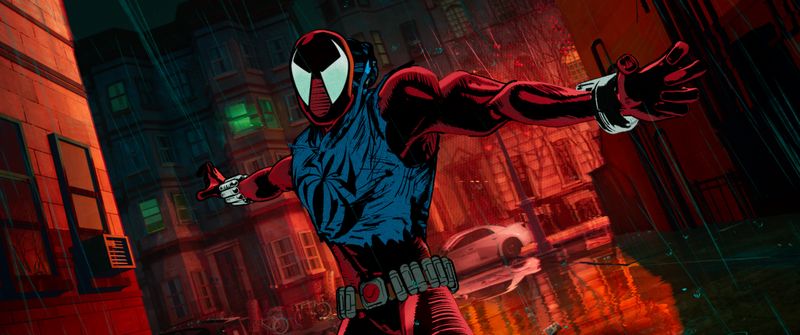
Being a clone means constantly questioning whether your life has meaning or if you’re just a copy of someone else. Ben Reilly struggled with this existential nightmare from the moment he learned he was Spider-Man’s genetic duplicate.
Years of wandering and searching for purpose left him vulnerable to manipulation and resentment toward the life Peter Parker had that Ben could never claim as his own.
After dying and being resurrected repeatedly, Ben’s sanity finally shattered. He became the new Jackal, using his scientific knowledge to create clones and spread chaos across the Marvel Universe. The hero who once protected people transformed into a villain who saw life as meaningless, believing that death and rebirth through cloning was the answer to humanity’s problems.
Ben’s fall hurt Peter deeply because he’d once considered his clone a brother. Watching someone with his face and memories become a monster reminded Spider-Man how fragile the line between hero and villain truly is. Ben’s story warns that identity crises and repeated trauma can break even the strongest spirits, turning protectors into destroyers.
12. The Sentry (Robert Reynolds)
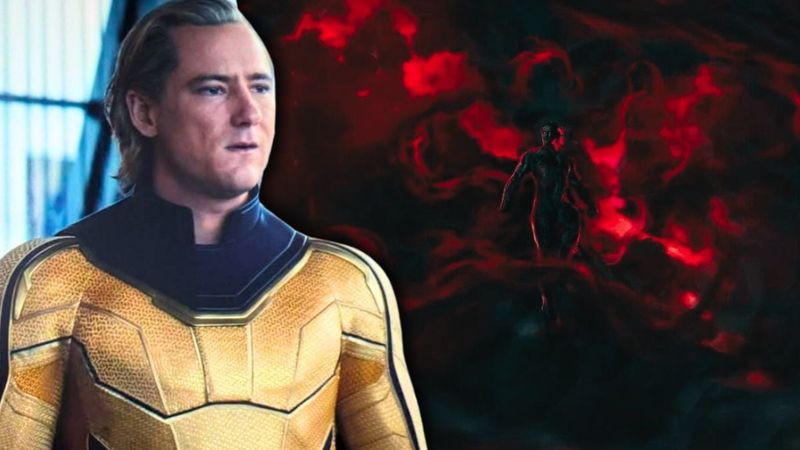
What happens when Superman-level power meets severe mental illness? The Sentry embodies this terrifying combination, possessing the strength to move planets but lacking the psychological stability to control it safely.
His dark alter ego, The Void, represents all his fears and negative emotions given physical form—an entity of pure destruction that emerges whenever Robert Reynolds loses control of his fractured mind.
The Void has killed thousands of people and nearly destroyed Earth multiple times. The Sentry himself has turned on the Avengers, murdered his closest allies, and caused catastrophic damage while trying to suppress his darker half. His condition creates an impossible situation where the hero and villain share the same body, making him both humanity’s greatest protector and its most dangerous threat.
Eventually, Thor had to kill the Sentry to stop The Void permanently, though death rarely stays permanent in comics. Robert’s tragedy shows that mental illness combined with immense power creates a ticking time bomb.
Even the best intentions cannot overcome a mind at war with itself, proving that some heroes are their own worst enemies.
13. Magneto

Holocaust survivor turned mutant supremacist—Magneto’s past trauma shaped him into one of Marvel’s most complex characters.
Erik Lehnsherr witnessed humanity’s capacity for genocide firsthand, which convinced him that peaceful coexistence between humans and mutants was impossible. While Professor Xavier preached tolerance, Magneto believed mutants must conquer humanity before being exterminated themselves.
His villainous acts include holding the world hostage, attempting to trigger World War III, and killing countless humans who threatened mutantkind. Magneto’s mastery over magnetism makes him nearly unstoppable, capable of manipulating Earth’s magnetic field itself.
He’s fought the X-Men repeatedly, even when working alongside them, because his extremist philosophy constantly pulls him back toward violence and domination.
What makes Magneto fascinating is that his villainy stems from understandable fear rather than pure evil. He’s been both terrorist and hero, depending on circumstances and who’s writing his story. His constant movement between heroism and villainy proves that trauma can create monsters even from those with noble intentions, and that the cycle of violence is incredibly difficult to break once it begins.

Comments
Loading…